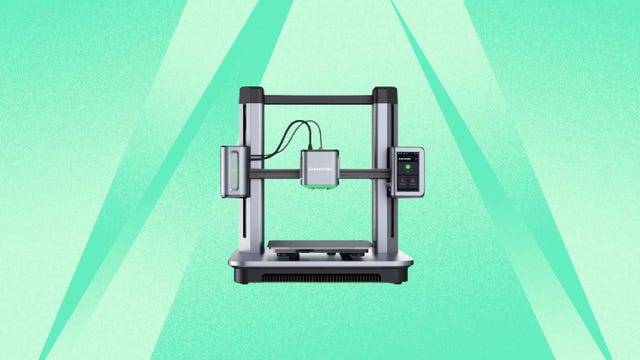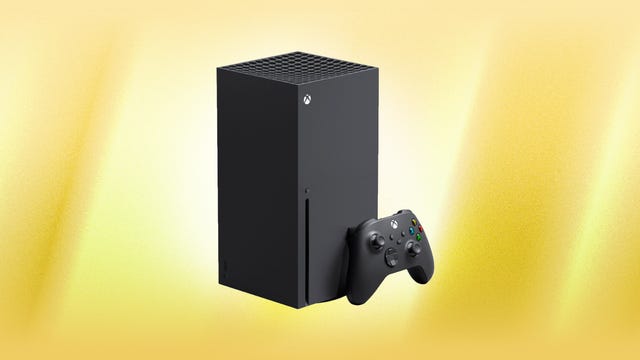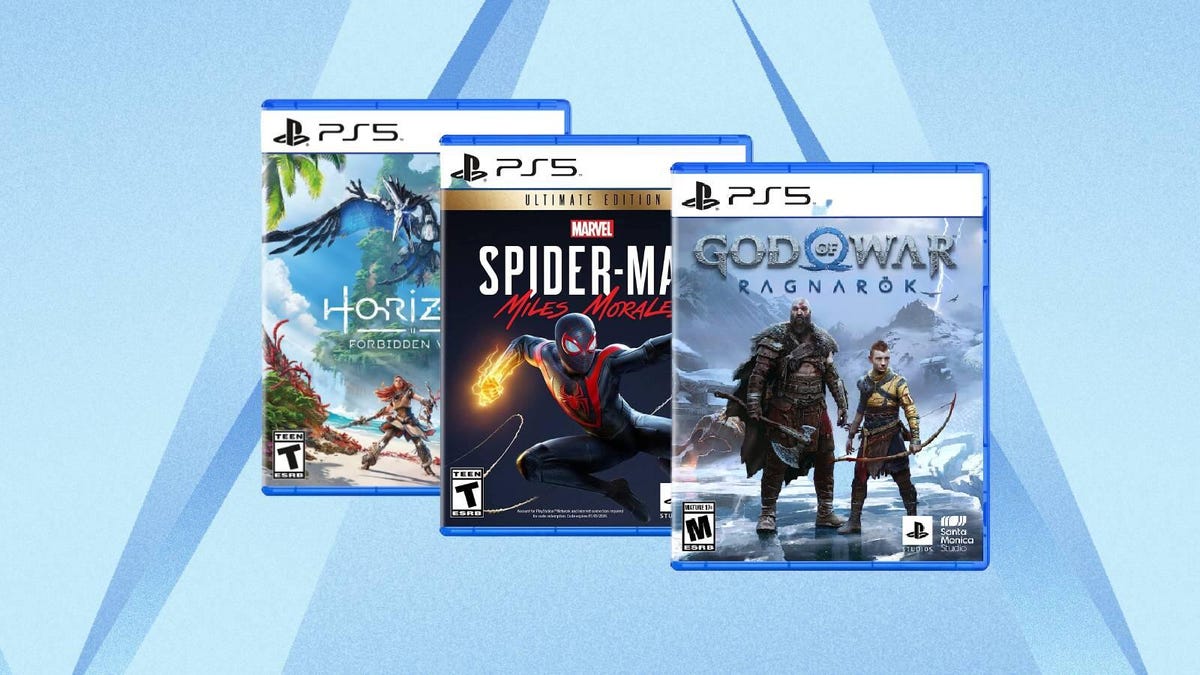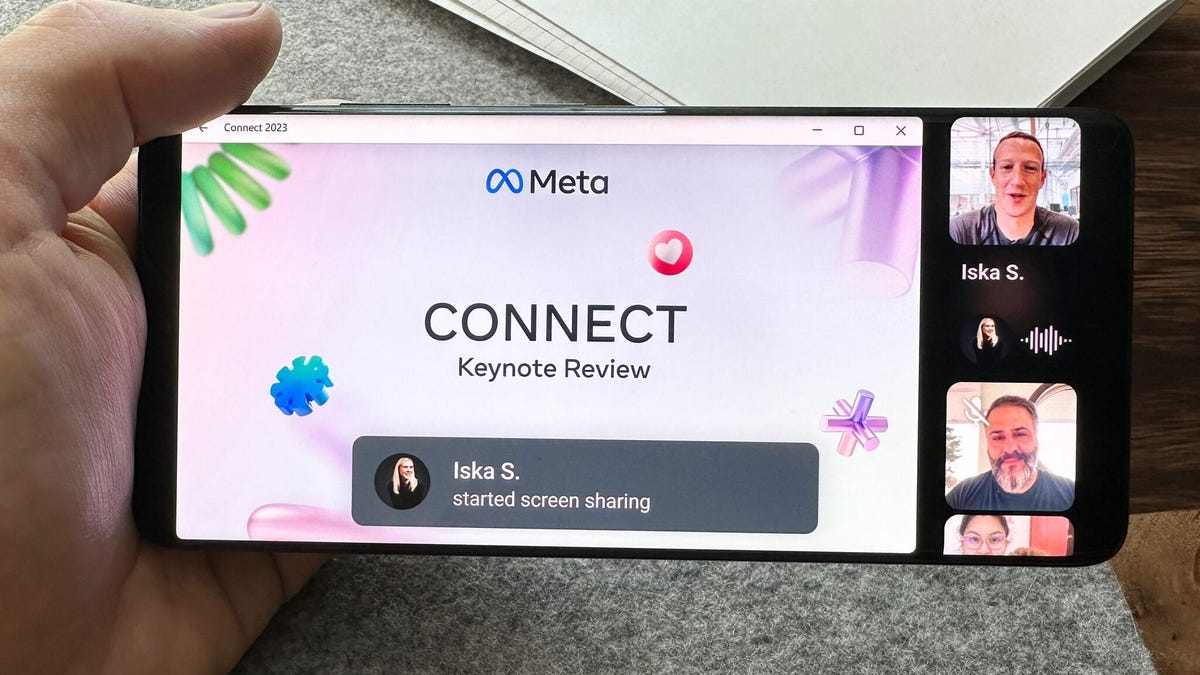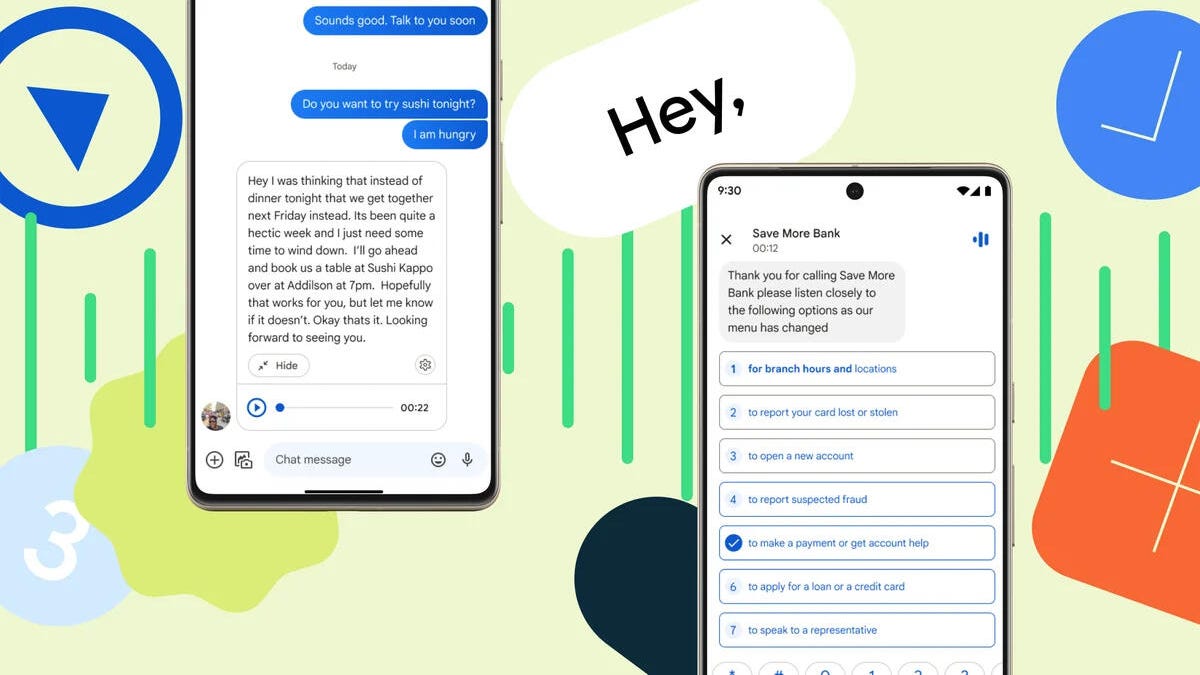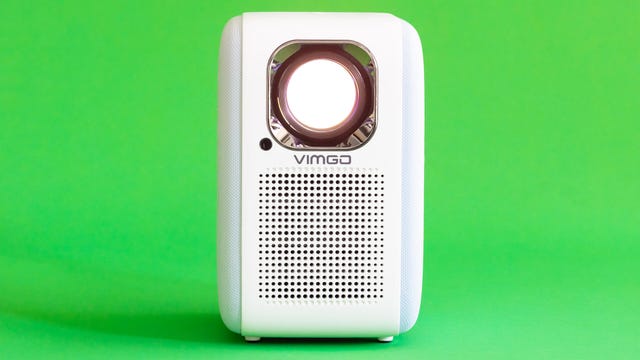Baldur’s Gate 3 is the RPG to play on the Steam Deck. I’ve spent time playing the game on both desktop and the portable PC gaming device and what makes Baldur’s Gate 3 a great game for Steam Deck is the option to play an hour here and there wherever you are, whether you’re on the go or just away from your desk, as the game is so vast and time-consuming.
Developed by Larian Studios, Baldur’s Gate 3 is a long-awaited entry in the series that started in the late ’90s. There hasn’t been a proper sequel since 2000. After being in early access for three years on Steam, the game launches Thursday for $60. If you love RPGs like I do, you’ll find plenty of reasons to love the game.
Raise the Gate
Baldur’s Gate is based on the Dungeons & Dragons pen-and-paper RPG. The story goes that your character, along with several companions, has been abducted by mind flayers (you know, like from Stranger Things), and they’ve implanted parasites into your brain. It’s now up to the group to get these little monsters out of their heads before it turns them into mind flayers.
The game uses turn-based gameplay where characters use weapons, magic and other skills in combat. To give an experience resembling a Dungeons & Dragons game, there are a lot of choices available in Baldur’s Gate 3. While this is a pretty common aspect of role-playing games today, what isn’t is the inclusion of a 20-sided die.
Decisions such as using intimidation, searching around an area or even petting an animal are all determined by the roll of the dice. It’s this uncertainty of these choices that make Baldur’s Gate 3 so thrilling. In one instance, a child was trying to scam me into buying a “magical” trinket, and I had the choice to point out his lies. Since I was playing as a rogue, I was able to win all the rolls to prove that the kid was lying. This led to an interesting interaction that could change things further in the game.
This freedom to make so many choices and to have them change the game slightly is what gives Baldur’s Gate 3 an incredible amount of replay value. The developer says there are more than a thousand endings.
There’s also a surprising amount to explore. A dried-up well seems innocent enough, but if you explore it, you can find a giant nest of magical spiders ready to destroy your party. You’ll also come across a wealth of characters with their own problems that you can help with or just ignore. Or if you want to go the evil route, there’s the option to just steal from and kill many of the characters in the game. I spent most of my time being the good guy, but there were times that I did something bad, like when I accidentally looted a merchant’s chest. Some actions will just get people upset at you, while others can land you in jail.
Newcomers to RPGs, or at least D&D RPGs, might find Baldur’s Gate 3 to be both overwhelming and difficult. It may seem hard, but the game requires a lot of thought in and out of battle. With so many decisions, it is very likely players will make the wrong one, which is why saving the game often is vital.

Good things come in small packages
Baldur’s Gate 3’s visuals are both stylish and detailed, and come off looking great on the Steam Deck. It takes a little tweaking of the display options to get the right settings to keep the game running smoothly while still showing off all the beautiful graphics. For me, this meant keeping the frames per second at 30, bringing down the resolution from its max setting of 1,280×800 pixels and putting the overall quality preset to medium. Also, expect to get your hands warm as the Steam Deck’s fans will be blowing hot air to keep it cool while playing, but the lowered setting should be able to get about two hours of gameplay.
I did also have an issue getting the game to launch on Steam Deck, requiring me to go into the game’s settings on Steam and force it to launch. It’s likely this will not be needed with the game’s official release.
Baldur’s Gate 3 launches on Steam on Thursday. It’ll head to the PS5 in September and eventually to the Xbox Series X and S.

